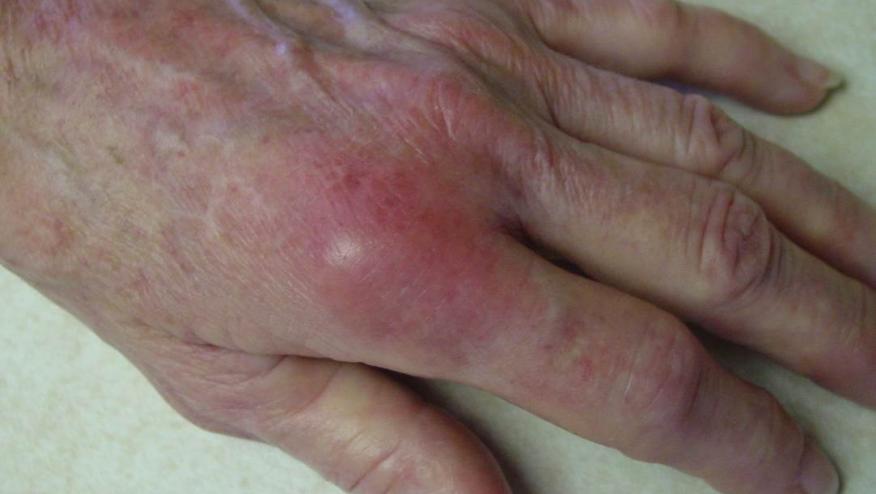The Fate of Palindromic Rheumatism Save

Palindromic rheumatism (PR) is an intermittent inflammatory arthropathy with episodes of arthritis and/or periarticular inflammation that wax and wane over time. It is thought that up to one-third of such patients may go on to develop rheumatoid arthritis (RA).
A claims data study from the Taiwanese National Health Insurance Research Database identified 4,421 cases of PR over a 5 year span and compared PR patients to randomly chose 44,210 non-PR individuals who matched (1:10) for age, sex and the year of index date without prior history of rheumatoid arthritis (RA), systemic lupus erythematosus (SLE), systemic sclerosis (SSc), Sjogren's syndrome (SS), dermatomyositis (DM) and polymyositis (PM).
From this cohort, over time 12.9% developed RA, 6.1% developed SS, 2.6% developed SLE, and less than 1% developed SSc, PM, or DM.
PR patients had an increased risk of RA (HR, 118.76; 95% CI, 89.81-157.04), SS (HR, 59.57; 95% CI, 43.87-80.88), SLE (HR, 51.56; 95% CI, 32.96-80.66) PM (HR, 57.38; 95% CI, 6.90-476.83), and SSc (HR, 13.42; 95% CI, 3.79-47.55) but not of DM (HR, 3.44; 95% CI, 0.34-34.59).
Patients with PR had an increased risk of developing RA, SS, SLE, PM, and SSc.










If you are a health practitioner, you may Login/Register to comment.
Due to the nature of these comment forums, only health practitioners are allowed to comment at this time.